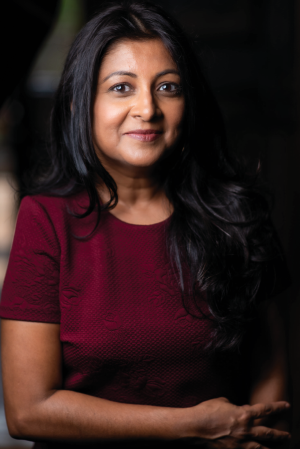
The pandemic has thrust many mainstream journalists into unfamiliar grounds, including coverage of expert opinion that is not backed up by peer-reviewed content, reporting on preprints, and assessing high-complexity instant-response science. How did they manage? We asked five journalists from mainstream media about their experience.
Apoorva Mandavilli is a reporter on science and global health for The New York Times, USA. Chloé Hecketsweiler covers health, pharmacy and biotechnology for Le Monde, France. Rema Nagarajan is a journalist writing about public health for the Times of India, India. Sabine Righetti writes about science and innovation for Folha de S. Paulo, Brazil. Tamar Kahn is a science and health journalist with Business Day, South Africa.
1. We’ve had an outpour of scientific information during the pandemic. How did you keep up with the volume?
RN: With a lot of help and not very well. It’s almost impossible to read all the stuff that is coming out. So you’re dependent upon people who are more qualified to read scientific papers.

SR: A few months ago, a colleague and I found more than ten papers [released] per hour; I’m talking just about scientific papers published in journals at the Web of Science, not preprints or other kinds of scientific information. What I’m trying to do is talk to scientists every single day. I’m asking them which scientific outcome is important, or which one we need to wait to get a better understanding of.
AM: It hasn’t been easy. I’m fortunate to work in a newsroom where there are a lot of reporters. And I carved out some specific things I was tracking more closely, like the immunology, for example. I tried narrowing down where I would focus my energies.
CH: It’s not possible to follow everything. But we work as a team. Each of us have a different focus. Twitter is [also] helping us a lot because we follow a lot of key people. We have more filters to choose what’s relevant.
TK: It is difficult. One way that I try to filter through the noise is to think about what’s of interest to local readers, which means focusing on local clinical trials with vaccines and that kind of thing. I’m on the mailing list for the big research journals, but quite often what happens is, even if something looks interesting, there’s another big development here in South Africa, which will push it out of the way, as was the case with HIV reporting in South Africa in the 2000s.
by Anita Makri, Nature Medicine
Related posts
Magazine Training International’s mission is to encourage, strengthen, and provide training and resources to Christian magazine publishers as they seek to build the church and reach their societies for Christ.

